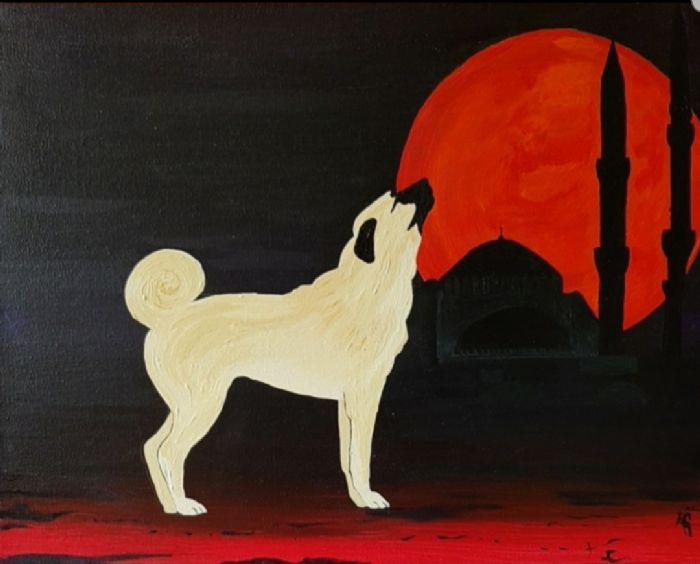About The Breed

Anatolian Shepherd Dog
Livestock Guardian & Kangal Dog~Çoban Köpeği
~Lion Dog~
Standing the test of time this regal ancient breed deserves respect and love for the faithful service and loyalty that it gives without question, the antediluvian Coban Kopegi will reach deep into your soul and find its way into your heart, with its understanding and adaptive intelligence its natural gentle protective nature makes the Kangal a force to be reckoned with. I believe, they are most likely the closest thing to God on our planet. Once you have allowed a Kangal to steal its way into your being, it will remain a part of you forever, in life and in death.
Ana Goddard
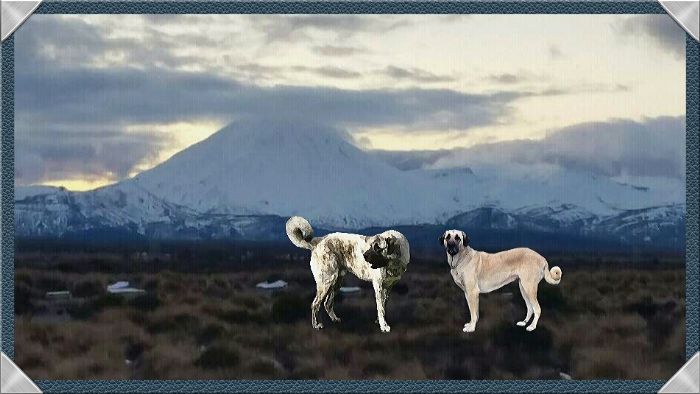
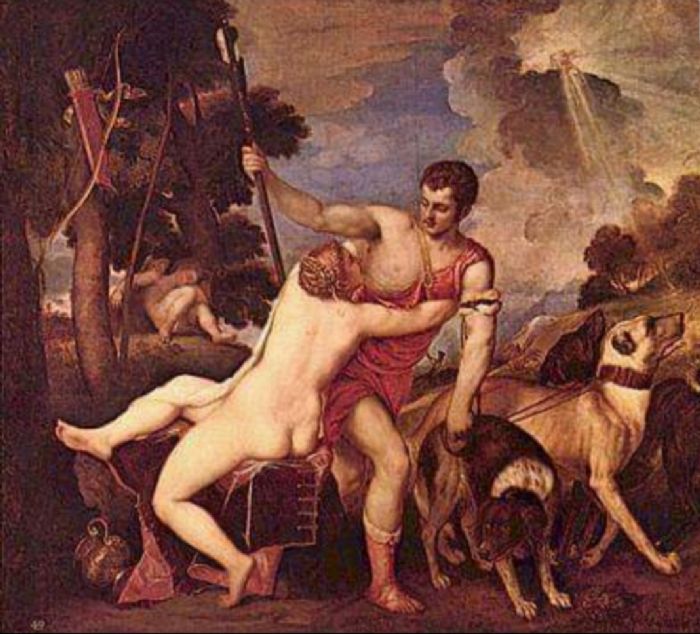
Character
Large, proud and powerful, the Anatolian Shepherd Dog is a working guard dog, whose size and proportions have developed naturally over time as a result of its continued use in Turkey as a stock guardian against predators, as they possess a superior ability to protect livestock. Most often guarding the fat-tailed sheep out on the plains accompanying a shepherd and often unsupervised. The Anatolian is susceptible to extremes of heat and extremes of cold which also makes it ideal for the rugged hash terrain of Turkey. The Anatolian's fierce loyalty, independence, and hardiness are cherished by breeders and owners. Its believed that the dog first appeared around 6000 years ago. They are still employed today by modern-day shepherds. In Turkey, they are called Çoban Köpeği simply meaning "Shepherd's Dog".
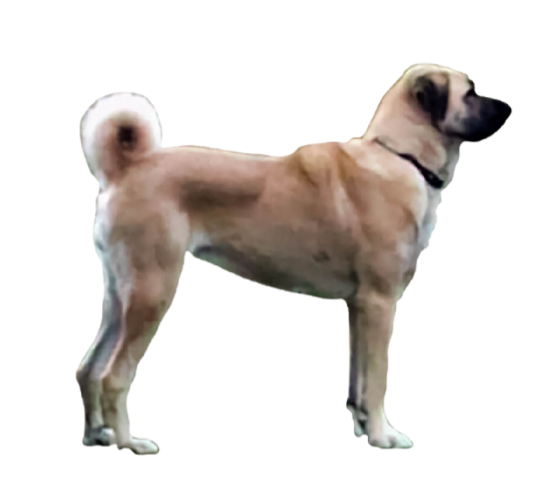
General Appearance
A properly proportioned Anatolian Shepherd Dog is slightly longer (measured from prosternum to point of buttocks) than tall (measured from the withers to the ground), and length of the front leg (measured from point of elbow to the ground) should equal slightly more than one-half of the dog's height. The tail, which is down when relaxed and is typically curled when at alert, completes the distinctive silhouette.
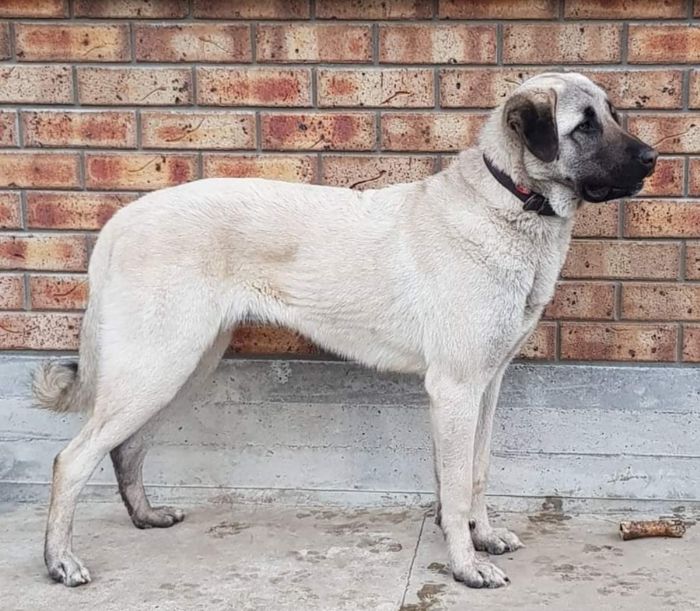
Head & Collars
The head is large and moderately wide, although the female can possess a longer more feminine head, ears are dropped and velvety black or with black tips. (often cropped in Turkey to protect against predators). The Turkish also, often provide a spiked collar to protect the neck and throat.
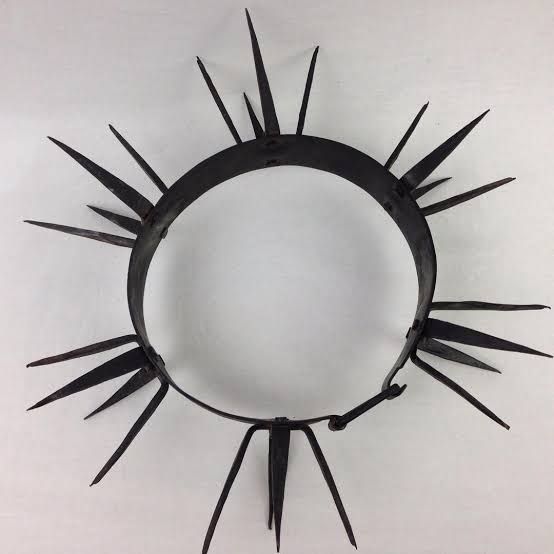
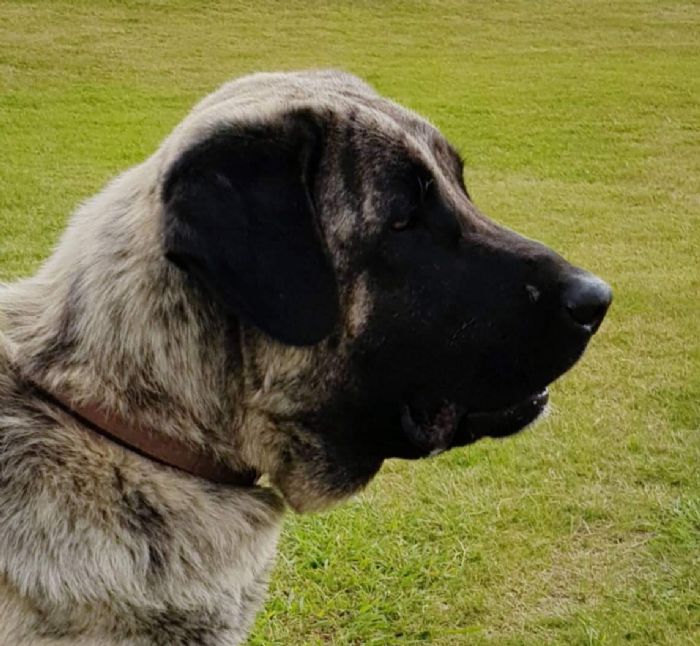
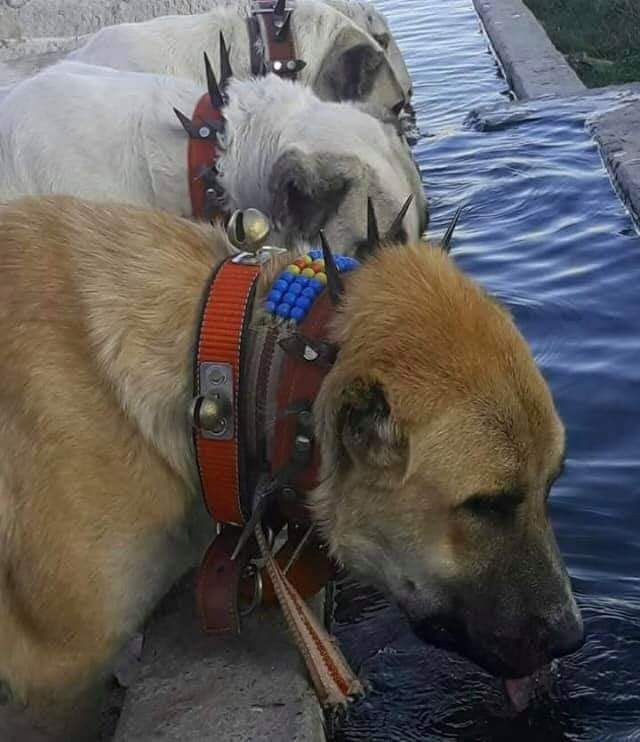
Coat & Colour
The Anatolian/ kangal has a double coat that can be short (one inch) or rough (approximately four inches), with all color patterns and markings, including, fawn with black mask(most common) fawn no mask, wolf sable, white = Ayaka Kangal, white Yokuk = Akbas, akit, akkus. black & Tan, red = kizayaka Kangal, black & brindle = karayaka, dutch masked and pinto patterned, equally acceptable.
Also, Refer to New Zealand standard for the breed in Dogs NZ link

History
The Anatolian Shepherd Dog hails from, not surprisingly, Central Anatolia in Turkey. Collectively Known in Turkey as Coban Kopegi ~Simlpy 'Shepherds Dog', is descended from ancient guardian stock types that migrated with the transhumance, used for guarding flocks of sheep from wolves bears, lions, tigers, leopards, jackals. Anatolian Shepherd Dogs are a very ancient breed most likely descended from the powerful hunting dogs of Mesopotamia. This mountain dog breed was developed over time with the rugged lifestyle of sedentary, semi-nomadic and nomadic, with the duty of guarding large flocks, moving great distances on the central plateau. With the possibility of a mix of mastiff and sighthound, this stocky breed is both muscular and agile. In Turkey, they have many names to describe the breed "Coban Kopegi", or by its colour~Karabas, Karayaka, Akaka, Sariyaka, Kizilyaka, Bozyaka, Saribas, Alabas, Akit, and Akbas.
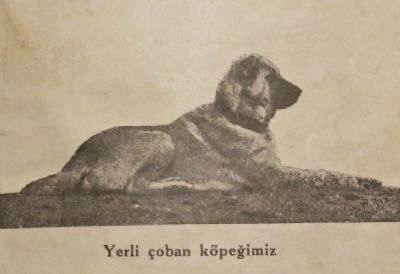
Cheetah Protection
The breed is so unique that it is now used in the cheetah outreach programe run in America, to help farmers protect there livestock whilst not having to kill any cheetah, therefore keeping them from becoming endangered
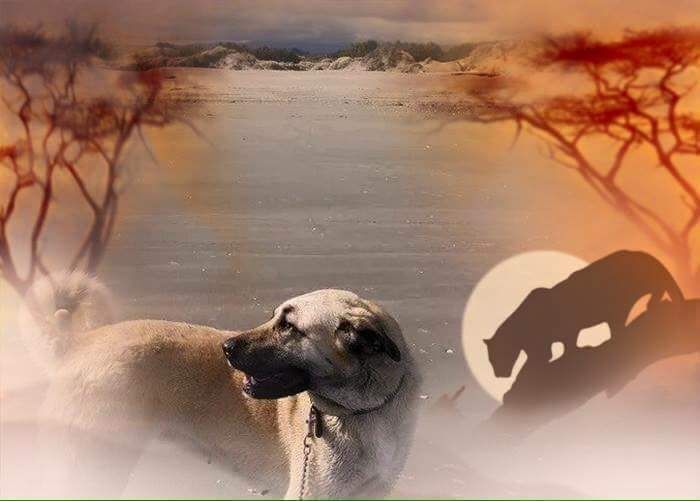
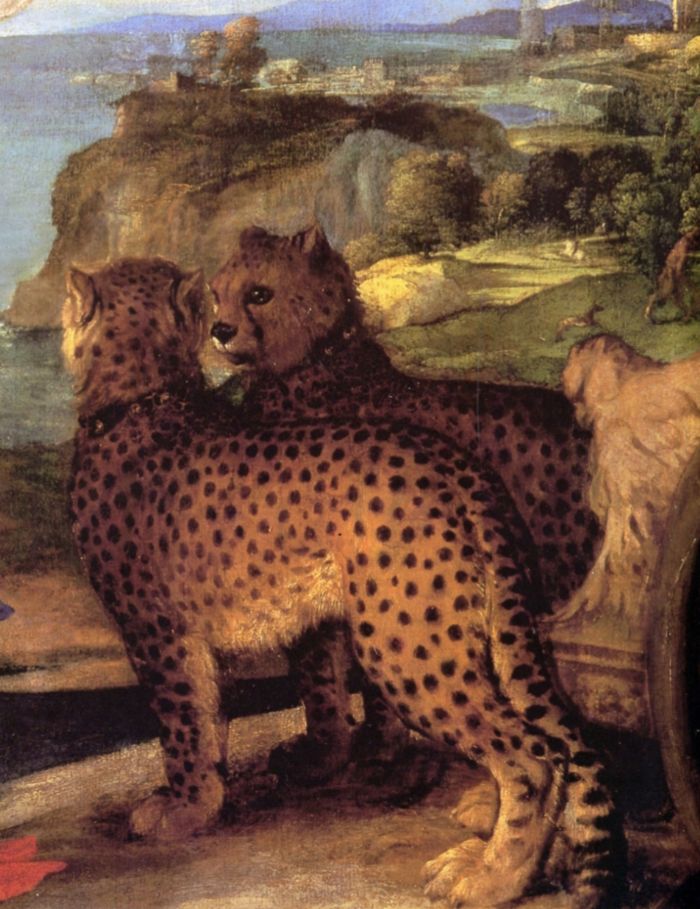

Ancient Art
I am a lover of the arts in all ways, I have done Oamaru Stone carving and I paint from time to time. But of course, I found some beautiful Pieces from the Mesopotamia Era of the ancient breeds of dogs of that time and depicted wearing collars. So I just had to have a little here for your interest.
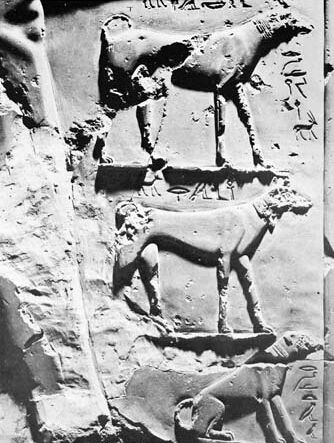
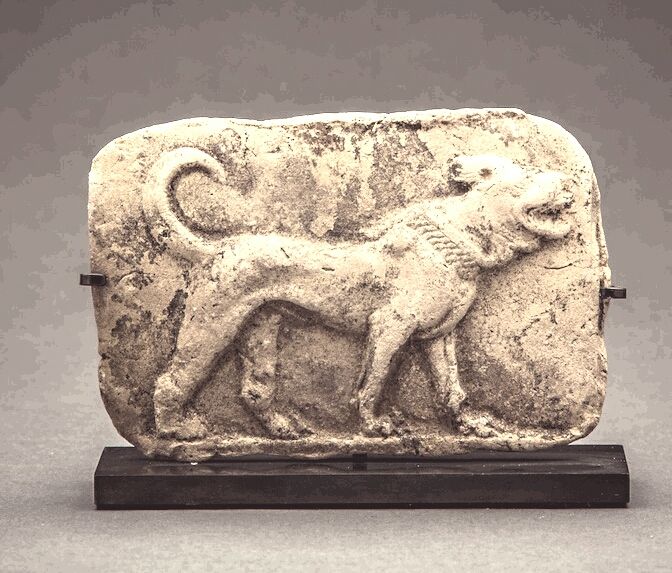
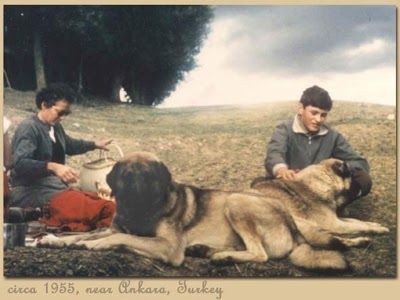
Ankara c. 1955
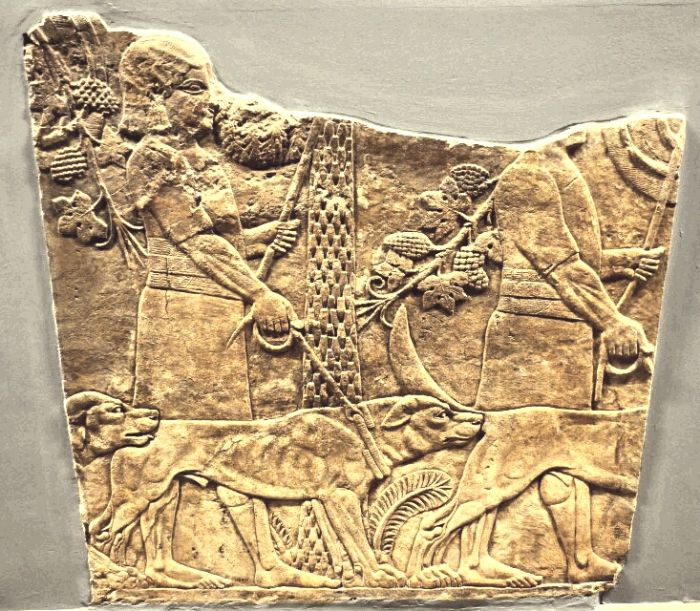
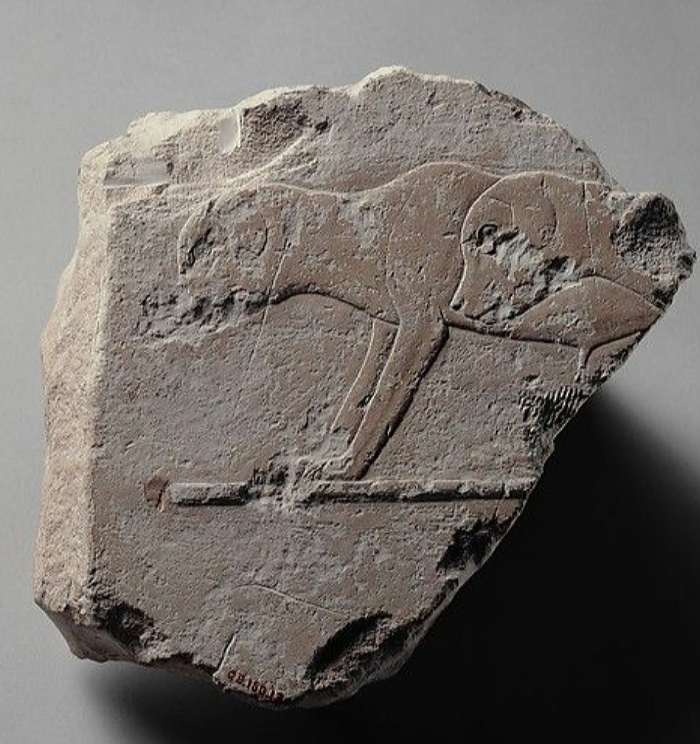
Some of my Anatolian artwork

